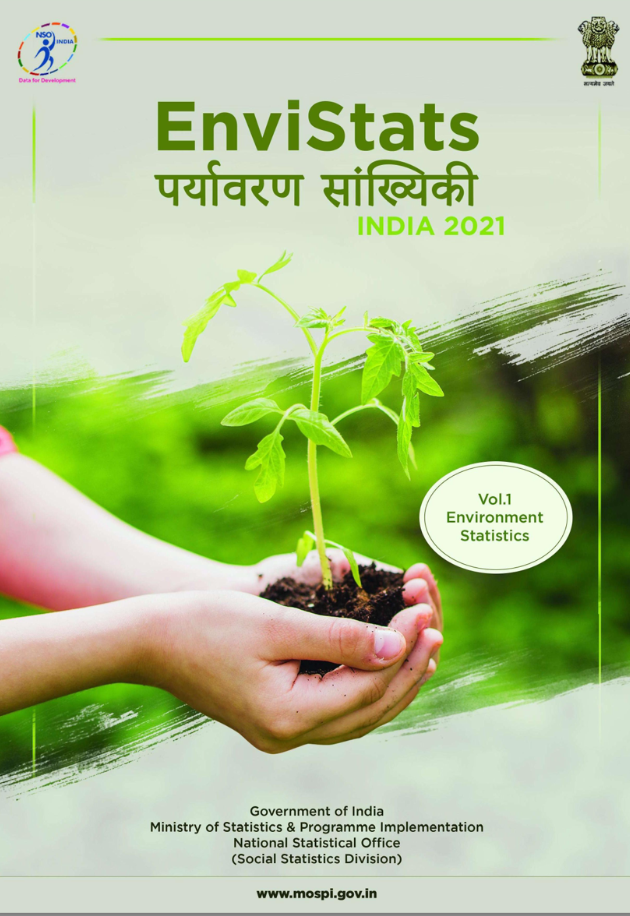Application of Drone and WorldView-4 Satellite Data in Mapping and Monitoring Grazing Land Cover and Pasture Quality: Pre- and Post-Flooding
Frequent flooding worldwide, especially in grazing environments, requires mapping and monitoring grazing land cover and pasture quality to support land management. Although drones, satellite, and machine learning technologies can be used to map land cover and pasture quality, there have been limited applications in grazing land environments, especially monitoring land cover change and pasture quality pre- and post-flood events. The use of high spatial resolution drone and satellite data such as WorldView-4 can provide effective mapping and monitoring in grazing land environments.


